
- TREATMENT OF THREATENED MISCARRIAGE11*
- PREVENTION OF PRETERM BIRTH1*
- LUTEAL PHASE SUPPORT IN ART CYCLES1
†In women with ≥3 previous miscarriages, or women with <3 miscarriages who have a reduced chance of future pregnancy.1
^Benefit of treatment was greatest in women with ≥3 previous miscarriages.1
CI, confidence interval; RR, risk ratio; TGA, Therapeutic Goods Administration.
References: 1. Utrogestan® (micronised progesterone) Product Information, last updated 2022. 2. Coomarasamy A et al. N Engl J Med 2019;380:1815–24. 3. Australian Public Assessment Report for Progesterone, June 2017. Available at https://www.tga.gov.au/sites/default/files/ausparprogesterone-170601.pdf Accessed March 2022.
UTROGESTAN PBS LISTED FOR PREVENTION OF PRETERM BIRTH1*
*In women with singleton pregnancy who have a short cervix (midtrimester sonographic cervix ≤25 mm) and/or a history of spontaneous preterm birth.1
§In a systematic review and meta-analysis of women with a singleton pregnancy and a midtrimester cervical length≤25 mm. Vaginal progesterone preparations included Utrogestan micronised progesterone capsules,4,5 Crinone micronised progesterone gel,6,7 and a compounded progesterone suppository.8
Crinone is a trademark of Merck Healthcare Pty Ltd
AEs, adverse events; HR, hazard ratio; NICU, neonatal intensive care unit.
References: 1. U trogestan (micronised progesterone) Product Information, updated 13 November 2019. 2. Australian Public Assessment Report for Progesterone, June 2017. Available at https://www.tga.gov.au/sites/default/files/ausparprogesterone-170601.pdf Accessed December 2020. 3. Romero R et al. Am J Obstet Gynaecol 2018;218(2):161-80. 4. Norman JE et al. Lancet 2016;387:2106-16. 5. Fonseca EB et al. N Engl J Med 2007;357:462-9. 6. O’Brien JM et al. Ultrasound Obstet Gynecol 2007;30:687-96. 7. Hassan SS et al. Ultrasound Obstet Gynecol 2011;38:18-31. 8. Cetingoz E et al. Arch Gynecol Obstet 2011;283:423-9.
§In a clinical trial of women who received highly purified menotropin or recombinant FSH in a GnRH antagonist cycle with compulsory single-blastocyst transfer.17
ART, assisted reproductive technology.
References: 1. Utrogestan (micronised progesterone) Product Information, updated 13 November 2019. 2. Besins Data on File. 3. Smitz J et al. Rev Fr Gynecol Obstet 1992;87(10):507-16. 4. Chillik C et al. Assisted Reprod Rev 1997; 7: 29:33 5. Friedler S et al. Hum Reprod 1999;14(8):1944-8. 6. Williams SC et al. Fertil Steril 2001;76(6):1140-43. 7. Ludwig M et al. Eur J Obstet Gynecol Reprod Biol 2002;103(1):48-52. 8. Gorkemli H et al. Gynecol Obstet Invest 2004;58(3):140-4. 9. Kleinstein J et al. Fertil Steril 2005;83(6):1641-9. 10. Fatemi HM et al. Hum Reprod 2006;21(10):2628-32. 11. Simunic V et al. Fertil Steril 2007;87(1):83-7. 12. Geber S et al. Reprod Biomed Online 2007;14(2):155-8. 13. Lam PM et al. Gynecol Endocrinol 2008;24(12):674-80. 14. Wang L-J et al. Taiwan J Obstet Gynecol 2009;48(4):375-9. 15. Ganesh A et al. Fertil Steril 2011;95(6):1961- 5. 16. Bergh C et al. Hum Reprod 2012;27(12):3467-73. 17. Devroey P et al. Fertil Steril 2012;97(3):561-71. 18. Kohls G et al. Fertil Steril 2012;98(4):858-62. 19. Tournaye H et al. Hum Reprod 2017;32(5):1019-27. 20. Labarta E et al. Hum Reprod 2017;32(12):2437-42. 21. Lightman A et al. Hum Reprod 1999;14(10):2596-9. 22. Lan VTN et al. Fertil Steril 2007;88(1):S164. 23. Chang EM et al. J Assist Reprod Genet 2011;28(4):369-74. 24. Bjuresten K et al. Fertil Steril 2011;95(2):534-7. 25. van de Vijver A et al. Hum Reprod 2016;31(5):1097-104. 26. Schwartz E et al. J Gynecol Obstet Hum Reprod 2019;48(2):95-98. 27. Gaggiotti-Marre S et al. Gynecol Endocrinol 2019;35(5):439-42. 28. Cedrin-Durnerin I et al. Reprod Biomed Online 2019;38(3):472-80. 29. Enatsu Y et al. Reprod Med Biol 2018;17(3):242-48. 30. Kleinstein J. Fertil Steril 2005;83:1641-49.
Utrogestan® is a registered trademark of Besins Healthcare. Besins Healthcare Australia Pty Ltd.
|
PBS Information: Authority required (STREAMLINED) for Assisted Reproductive Technology and for the prevention of Preterm Birth. Refer to PBS Schedule for full authority. This product is not listed on the PBS for the prevention of Threatened Miscarriage. |
Utrogestan 200 (vaginal use – micronised progesterone) Indication: luteal phase support during assisted reproduction; treatment of threatened miscarriage in women with a history of ≥ 3 previous miscarriages and women with < 3 miscarriages who have a reduced chance of future pregnancy. Benefit of treatment was greatest in women with ≥ 3 previous miscarriages; prevention of preterm birth in women with singleton pregnancy who have a short cervix (midtrimester sonographic cervix ≤25mm) and/or a history of spontaneous preterm birth; Dosage and Use: during luteal phase support in controlled ovarian cycles 600 mg/day as 3 divided doses from day of embryo transfer until 7th week of pregnancy and not later than the 12th week. For treatment of threatened miscarriage, usual dose is 400 mg twice a day (morning and night). Treatment should be initiated at the first sign of vaginal bleeding during the first trimester of pregnancy and should continue to at least the 16th week of gestation. For prevention of preterm birth, usual dose is 200 mg/day, recommended at bedtime. Treatment can be initiated during the 2nd trimester (16-24 gestational weeks) and is to be continued to the end of the 36th week of gestation or until delivery. Each capsule of Utrogestan must be inserted deep into the vagina. The average dosage is 200 to 800 mg of progesterone per day administered vaginally. This may be increased, depending on the patient’s response. Contraindications: known allergy/hypersensitivity to progesterone/excipients; severe hepatic dysfunction; undiagnosed vaginal bleeding; known missed abortion/ectopic pregnancy; mammary/genital tract carcinoma; thromboembolic disorders; thrombophlebitis; cerebral haemorrhage; porphyria. Special Warnings and Precautions: should only be used by vaginal route for the recommended timeframes for each indicated use (pregnancy Cat A); cytolytic liver damage/gravidic cholestasis exceptionally reported during 2nd and 3rd trimesters of pregnancy; not a contraceptive; uterine bleeding cause must be established before use; discontinue use upon diagnosis of missed abortion; use caution in conditions affected by fluid retention and history of depression, diabetes, hepatic dysfunction, migraine, venous thrombosis, photosensitivity and hypersensitivity to soya lecithin; not to be used during lactation; may effect laboratory test results; the evidence that Utrogestan reduces the risk of preterm birth in women with a short cervix with twin/multiple pregnancy and/or a history of spontaneous preterm birth is limited. Interactions: caution with P450 enzyme inducers and inhibitors; bioavailability may be reduced by smoking and increased by alcohol abuse. Very Common and Common Adverse Effects: none noted with vaginal administration in clinical trials.


